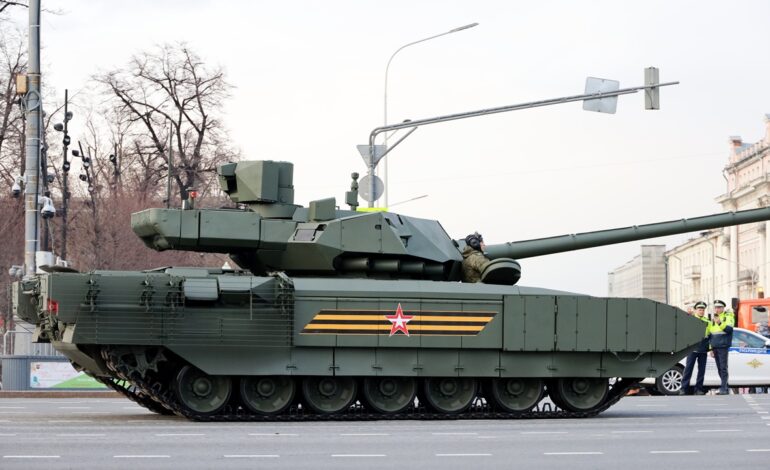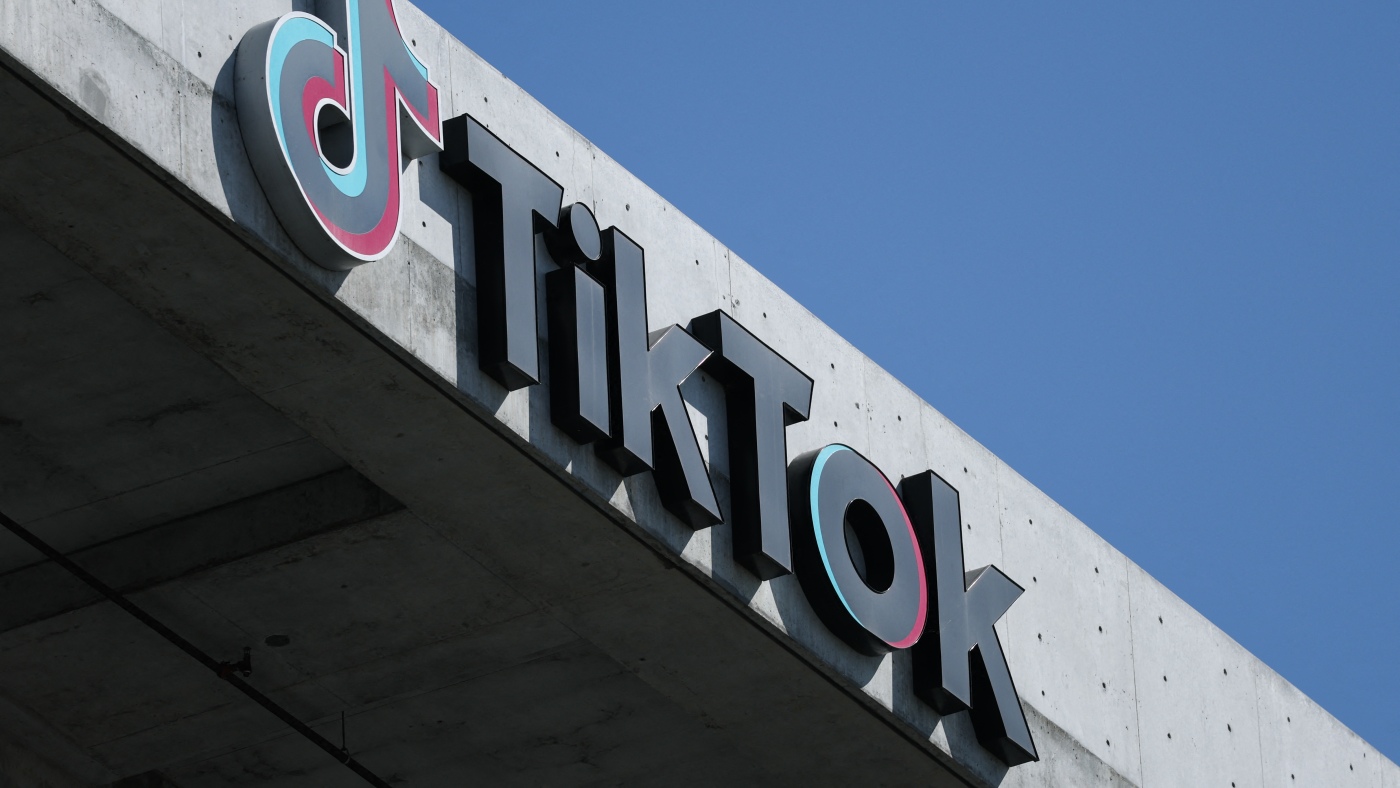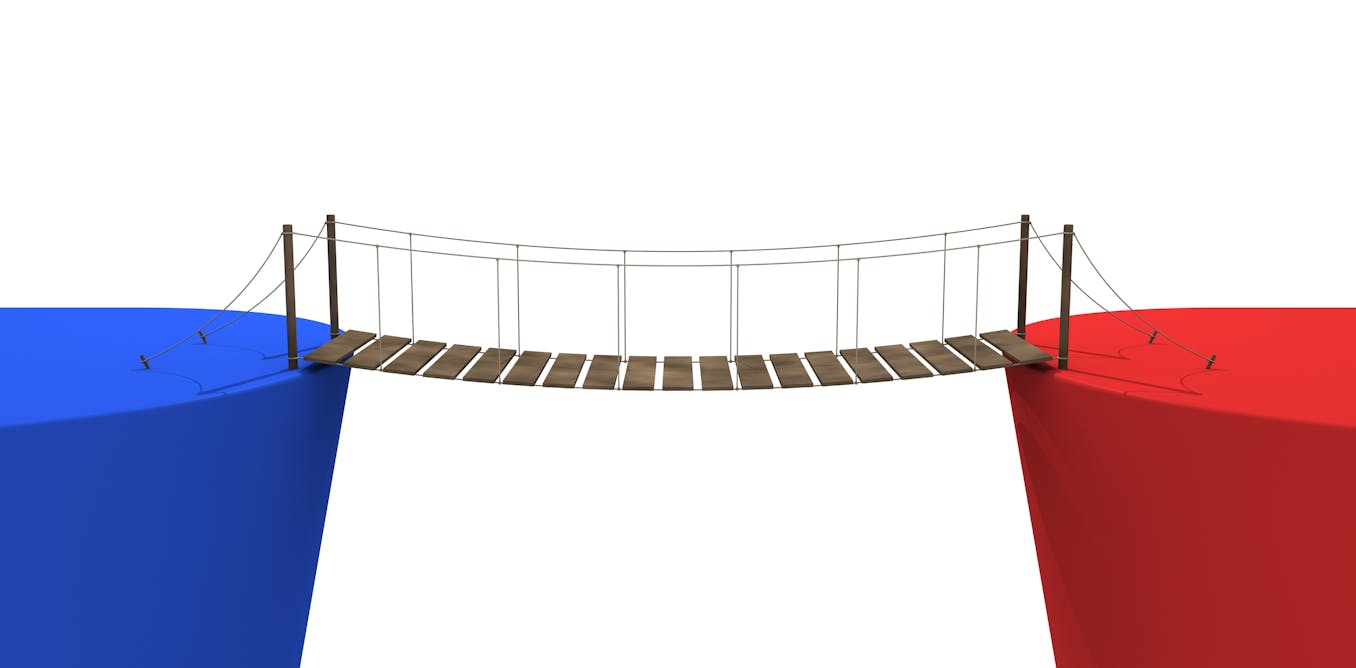India Considers Co-Producing Russia’s T-14 Armata Tank

Russia has proposed the advanced T-14 Armata main battle tank (MBT) to India, aiming to replace India’s aging fleet of T-72 Ajeya tanks. According to reports, this offer includes the opportunity for India to manufacture the T-14 under the “Make in India” initiative. The deal could significantly enhance India’s armored capabilities while providing Russia with a much-needed boost for its T-14 program.
The T-14 program was launched by the Kremlin in 2011, and the prototype was unveiled during the 2015 Victory Day Parade in Moscow. Despite an ambitious plan to produce 2,300 units by 2020, production has faced numerous challenges. As of August 2025, fewer than two dozen T-14s are believed to have been completed, hampered by budget constraints and international sanctions related to Russia’s invasion of Ukraine.
Under the proposed partnership, India would potentially fund up to 70 percent of the initial development costs for the T-14 prototype. The Russian state-owned manufacturer, Uralvagonzavod, has indicated a willingness to allow modifications to the T-14 to suit Indian specifications. Notably, India could incorporate its domestically-produced DATRAN-1500HP engine instead of the standard Russian version, enhancing local involvement in the project.
Assessing the Strategic Benefits for Both Nations
The potential co-production deal could provide substantial benefits to both India and Russia. Each T-14 unit is projected to cost between $3.4 million and $4.8 million. However, local manufacturing in India could reduce costs by at least $1.14 million per unit, making the T-14 more financially viable for the Indian military.
India’s defense sector has previously engaged in similar collaboration with Russia, having established a technology transfer agreement for the T-90 MBT, which is produced in India as the T-90 Bhishma. This existing partnership lays the groundwork for future cooperation in advanced military hardware.
Despite these prospects, India faces critical decisions regarding the adoption of the T-14. The tank’s lack of combat experience raises significant concerns about its effectiveness against emerging threats on the battlefield, including drones and anti-tank missiles. Furthermore, as tensions with neighboring countries remain high, India must weigh the risks of investing in an unproven platform.
Challenges Ahead for the T-14 Armata
While the T-14 presents a modern solution to India’s armored warfare needs, skepticism persists. Indian officials may be hesitant to commit to a large-scale order of a vehicle that has not demonstrated its capabilities in real combat scenarios. Past experiences, such as the downing of a French-made Dassault Rafale fighter by a Chinese missile, have left New Delhi cautious about overestimating military technology.
As discussions progress, the Indian government must consider not only the financial aspects of the proposed T-14 deal but also the strategic implications. A decision to co-produce the T-14 could mark a significant shift in India’s military procurement strategy, emphasizing indigenous capabilities while enhancing ties with Russia amidst a rapidly changing geopolitical landscape.
In conclusion, while the offer of the T-14 Armata presents an intriguing opportunity for India to modernize its armored forces, careful deliberation is essential. India’s response to this proposal will likely shape the future of its defense capabilities and its relationship with Russia.






